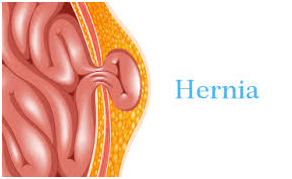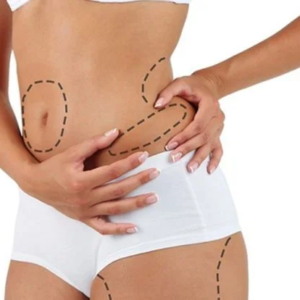The natural healing of hernias

When you have a hernia, it can affect more than one part of your body, sometimes at the same time, sometimes separately. One of the most frequent places is the abdomen, and this is due to the abdomen being one of the parts that hold most of the organs in the body.
A hernia is when an organ gets out of its designated location in the body. This occurs when the body part that surrounds it moves out of place, displacing the organ itself.
Hernias are named after the part of the body or organ it is affecting.
It is often thought that hernias are caused by an isolated sudden move on a muscle or part of the skeleton and that this and only this is what causes them. This is often not true. Those kind of sudden occurrences are not that frequent in the general population, and it is more common that people have been accumulating risk factors along the way until a hernia finally appears. Some of these risk factors include: constant inadequate adopted body postures, constant strain or excessive force inflicted in a particular way, and when a specific part of the body is affected continuously, it can lead to a hernia.
Risk factors
Risk factors vary according to the gender of the person affected, but lifting heavy objects is often related to hernia incidence. According to popular belief, being overweight is a risk factor for a hernia, but this is very far away from the truth, in fact, people that are overweight are often less prone to lift heavy objects or do things that cause stress to their body. The way they live can save them from having to endure most types of hernias.
However, there are risk factors that some overweight people put on themselves due to risky lifestyle, such as smoking tobacco and drinking heavily.
Most people don’t think that hernias can affect both sexes differently; most of them think hernias are a result of living through different hardships during all of one person’s lifetime. The fact is that even people that do not have especially hard lives can experience hernias at some point. According to your gender, the risk factors for a hernia are:
Women: Tall women often are more prone to having a hernia than short women. Women that are experiencing pregnancy or that have already had children can be more at risk of having a hernia that those that don’t have or are not yet expecting children.
Men: Unfortunately, if you are a man, it is more probable for you to experience hernias in your life, about nine times higher the chance that if you were a woman. This chance is even higher if you are aged 40 to 59. Men are also more often found doing hard labor than women, and this increases the chances of getting this affliction during their lifetime.

So, how can you treat hernias naturally?
Every patient can apply natural hernia treatment by themselves, using no medicine. This can be done in various ways; some of these recommendations are the most common ones.
Doctors recommend that people improve the way they do some key daily activities such as eating. For example, it is recommended that people eat in a slow pace and make every bite consciously and last long enough so that the food is digested much easier and thus the stomach doesn’t inflate as much as when you eat without self-control.
Sleeping facing the ceiling is often not recommended by most doctors, this is because gastric afflictions such as gastritis affect hernias negatively. Having gastric reflux can be avoided if you sleep on the left side of your body. The way the stomach is shaped can explain this. When you do it like this, the gastric acid would not have a way of returning to your esophagus.
Dairy products must be avoided as long as possible.
Acid foods are also to be avoided. You can still eat them, but do it seldom and try to maintain a balanced diet along the way.
Avoid reheating whole meals in the microwave. The best thing for your stomach is always food that is fresh.




